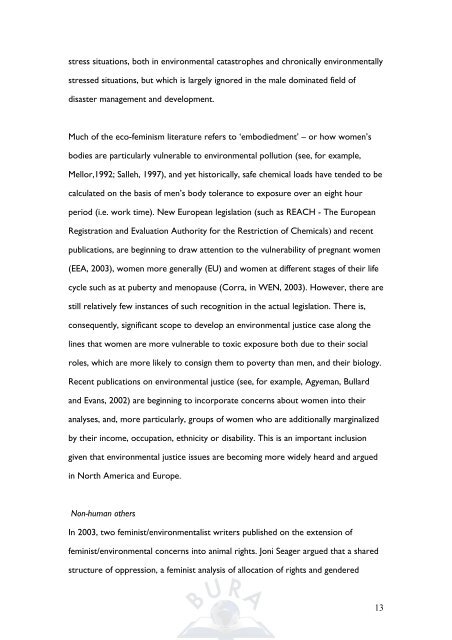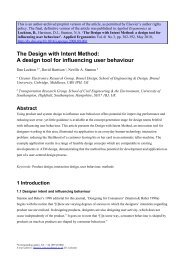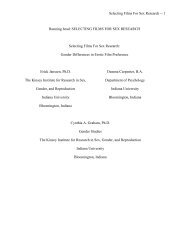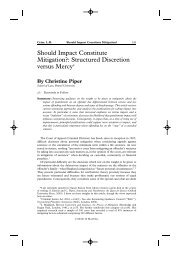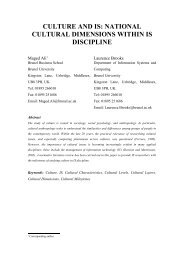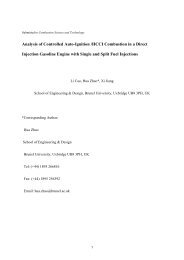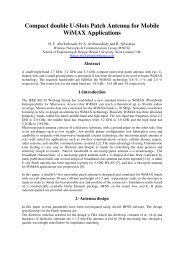Ecofeminism in the 21st Century
Ecofeminism in the 21st Century
Ecofeminism in the 21st Century
Create successful ePaper yourself
Turn your PDF publications into a flip-book with our unique Google optimized e-Paper software.
stress situations, both <strong>in</strong> environmental catastrophes and chronically environmentally<br />
stressed situations, but which is largely ignored <strong>in</strong> <strong>the</strong> male dom<strong>in</strong>ated field of<br />
disaster management and development.<br />
Much of <strong>the</strong> eco-fem<strong>in</strong>ism literature refers to ‘embodiedment’ – or how women’s<br />
bodies are particularly vulnerable to environmental pollution (see, for example,<br />
Mellor,1992; Salleh, 1997), and yet historically, safe chemical loads have tended to be<br />
calculated on <strong>the</strong> basis of men’s body tolerance to exposure over an eight hour<br />
period (i.e. work time). New European legislation (such as REACH - The European<br />
Registration and Evaluation Authority for <strong>the</strong> Restriction of Chemicals) and recent<br />
publications, are beg<strong>in</strong>n<strong>in</strong>g to draw attention to <strong>the</strong> vulnerability of pregnant women<br />
(EEA, 2003), women more generally (EU) and women at different stages of <strong>the</strong>ir life<br />
cycle such as at puberty and menopause (Corra, <strong>in</strong> WEN, 2003). However, <strong>the</strong>re are<br />
still relatively few <strong>in</strong>stances of such recognition <strong>in</strong> <strong>the</strong> actual legislation. There is,<br />
consequently, significant scope to develop an environmental justice case along <strong>the</strong><br />
l<strong>in</strong>es that women are more vulnerable to toxic exposure both due to <strong>the</strong>ir social<br />
roles, which are more likely to consign <strong>the</strong>m to poverty than men, and <strong>the</strong>ir biology.<br />
Recent publications on environmental justice (see, for example, Agyeman, Bullard<br />
and Evans, 2002) are beg<strong>in</strong>n<strong>in</strong>g to <strong>in</strong>corporate concerns about women <strong>in</strong>to <strong>the</strong>ir<br />
analyses, and, more particularly, groups of women who are additionally marg<strong>in</strong>alized<br />
by <strong>the</strong>ir <strong>in</strong>come, occupation, ethnicity or disability. This is an important <strong>in</strong>clusion<br />
given that environmental justice issues are becom<strong>in</strong>g more widely heard and argued<br />
<strong>in</strong> North America and Europe.<br />
Non-human o<strong>the</strong>rs<br />
In 2003, two fem<strong>in</strong>ist/environmentalist writers published on <strong>the</strong> extension of<br />
fem<strong>in</strong>ist/environmental concerns <strong>in</strong>to animal rights. Joni Seager argued that a shared<br />
structure of oppression, a fem<strong>in</strong>ist analysis of allocation of rights and gendered<br />
13


